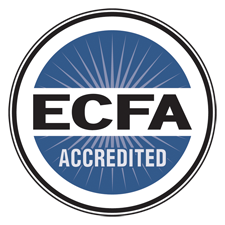If your image of a computer programmer is a young man, there's a good reason: It's true. Recently, many big tech companies revealed how few of their female employees worked in programming and technical jobs. Google had some of the highest rates: 17 percent of its technical staff is female.
It wasn't always this way. Decades ago, it was women who pioneered computer programming — but too often, that's a part of history that even the smartest people don't know.
I took a trip to ground zero for today's computer revolution, Stanford University, and randomly asked over a dozen students if they knew who were the first computer programmers. Almost none knew.
"I'm in computer science," says a slightly embarrassed Stephanie Pham. "This is so sad."
A few students, like Cheng Dao Fan, get close. "It's a woman, probably," she says searching her mind for a name. "It's not necessarily [an] electronic computer. I think it's more like a mechanic computer."
She's thinking of Ada Lovelace, also known as the Countess of Lovelace, born in 1815. Walter Isaacson begins his new book, The Innovators: How a Group of Hackers, Geniuses and Geeks Created the Digital Revolution, with her story.
Augusta Ada, Countess of Lovelace, was the daughter of poet Lord Byron. The computer language ADA was named after her in recognition of her pioneering work with Charles Babbage.
Augusta Ada, Countess of Lovelace, was the daughter of poet Lord Byron. The computer language ADA was named after her in recognition of her pioneering work with Charles Babbage.
"Ada Lovelace is Lord Byron's child, and her mother, Lady Byron, did not want her to turn out to be like her father, a romantic poet," says Isaacson. So Lady Byron "had her tutored almost exclusively in mathematics as if that were an antidote to being poetic."
Read it all here.




